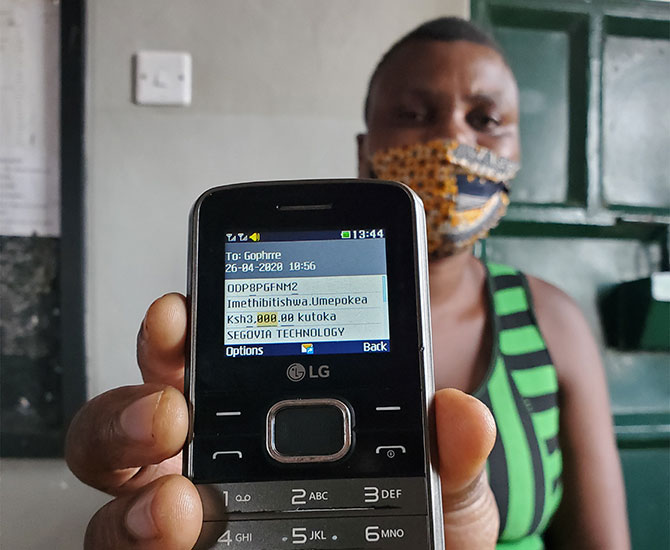Mermaids in Folklore & Australian Indigenous Culture
by Vanessa Witschi
Mermaids are present in the folklore of many cultures around the world. They can be found in Native American culture, Ancient Greek and Roman cultures, as well as in Asia (particularly China, Japan, Indonesia and the Philippines), Russia, Finland, France, Spain, the British Isles and India. One of the most fascinating, although perhaps not as obvious, facts is that mermaids also appear as an important factor in many of the indigenous language and cultural groups spread across Australia. Interestingly, for a country surrounded by oceans and seas, mermaids are largely portrayed as freshwater creatures living in rivers, lakes and billabongs.
Some cultures depict mermaids as meek benevolent beings, others as possessors of medical knowledge or as unlucky omens bringing disasters. Both the Indian and Greek folklore see mermaids as Goddesses, some of whom were originally in a human form but were made half-fish as a punishment from the Gods, and some who always existed in mermaid form.
Commonly, mermaids (in particular the sirens who were depicted in two forms: mermaid-like and also bird-like) are portrayed as malevolent creatures that sang or played music to lure sailors towards cliffs and death by drowning. These depictions often have their origin in early Greek, Roman or Spanish civilisations. In early Russian culture it was believed that women who had died violently or by their own hand lived at the bottom of rivers and mesmerised men to lure them into the river to drown them.
Even today, many cultures still believe in the existence of mermaids. In February 2012, it was reported in the UK Daily Mail, that the Water Minister for Zimbabwe announced delays in building two reservoirs due to mermaids hounding the workers away. It was believed that performing rituals and sacrifices would encourage the mermaids to leave the workers alone.
Many Australian Aborigines of today also believe that mermaids still exist in their waters and rivers. In some Northern Territory regions, mermaids were believed to instruct women in ceremonial procedures in early Dreamtime, particularly those procedures related to fertility. It was believed that they were still present in many areas and could be seen sitting on rocks, but would quickly jump back into the water if they saw anyone coming.
Another Aboriginal story tells of a man who set a trap to capture a mermaid, who he then tied to a tree. He treated her very kindly and eventually she agreed to be his wife. They had children together but she disappeared into the river one day after being reminded of her mermaid form when she saw her reflection in the water.
There is also a belief in some Aboriginal language groups that albino children born to Aboriginal parents are the result of mermaid blood in their ancestry. A Torres Strait Islander Dreamtime story tells of how fishermen caught a mermaid in their nets. The mermaid warned them not to over-fish the lake and to just to take what they needed for their family. The fishermen continued to over-fish the lake so the mermaid consequently drowned them.
There are a number of modern Aboriginal paintings depicting mermaids, which are held in National museums and art galleries around Australia. Perhaps the most famous are the Yawkyawk (mermaid) sculptures held in The National Museum of Australia’s collection from Western Arnhem Land. These modern woven pandanus sculptures depicting mermaid spirits are by artists Lulu Laradjbi and Marina Murdilnga.
One Aboriginal artist from the Central Arnhem Land (Darnkorlo clan, Yirridjda moiety, Ngarridj subsection, Kunwinjku language), Owen Yalandja, creates sculptures and paintings almost exclusively based on the Yawkyawk (mermaid) spirits near Barrihdjowkkeng. One of the first carvings Owen made of a mermaid in 1993 won the 10th National Aboriginal Art Award that year. The work is held in the Maningrida Arts and Culture Centre in the Northern Territory.
There are also several modern Aboriginal artworks that depict mermaids. Notable examples come from Edie Blitner of the Kimberley area of Western Australia, Northern Territory artist Chris Liddy (Moonggun) who notes that when someone drowns it means mermaid Mimi spirits took their spirit, and Kunwinjku artist Lesley Nawirridj of West Arnhem Land. Original paintings and prints by these artists are available to buy from their respective galleries. ′
Refs: – nma.gov.au – natsiaadigitisation.nt.gov.au – arthousebroome.com.au – aboriginalartdreaming.com – kunwinjku-aboriginal-art.com
This article originally appeared on Black Mermaid, August 2012.
Vanessa Witschi is a polymer clay artist who creates one-of-a-kind dreaming mermaid sculptures – facebook.com/mermaidsdreaming – mermaidsdreaming.com






























Submit a Comment